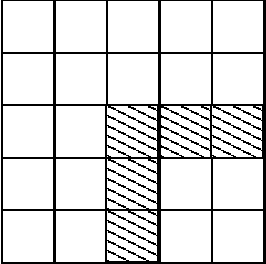On the Cell-based Complexity of Recognition of Bounded Configurations by Finite Dynamic Cellular Automata
Paper and Code
Oct 11, 2002
This paper studies complexity of recognition of classes of bounded configurations by a generalization of conventional cellular automata (CA) -- finite dynamic cellular automata (FDCA). Inspired by the CA-based models of biological and computer vision, this study attempts to derive the properties of a complexity measure and of the classes of input configurations that make it beneficial to realize the recognition via a two-layered automaton as compared to a one-layered automaton. A formalized model of an image pattern recognition task is utilized to demonstrate that the derived conditions can be satisfied for a non-empty set of practical problems.
* 11 pages, 1 figure
 Add to Chrome
Add to Chrome Add to Firefox
Add to Firefox Add to Edge
Add to Edge